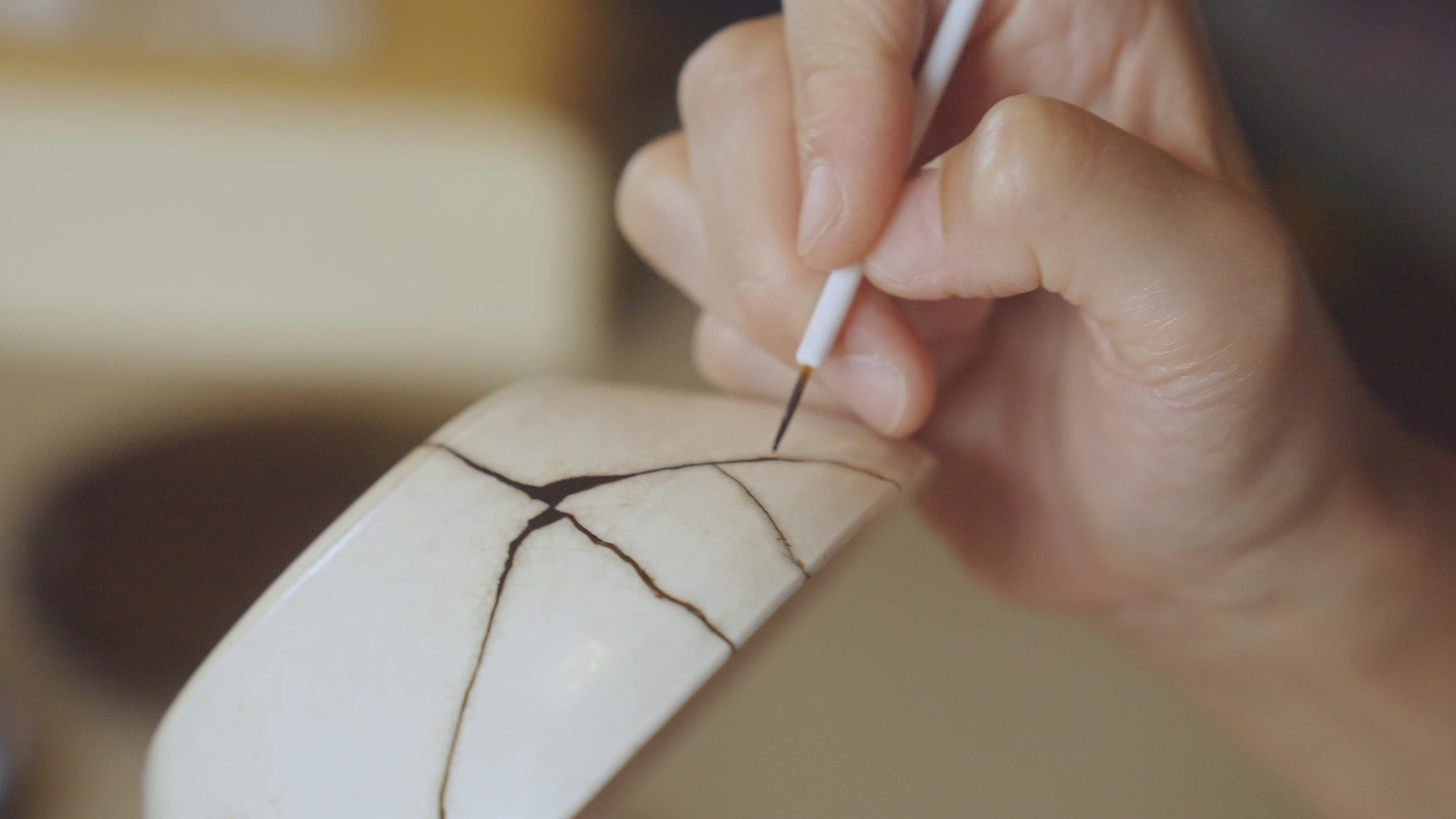Imagine a surfer, poised on their board, constantly adjusting to the ever-changing waves beneath them. In business, you’re that surfer, and the market is your ocean. Today’s perfect wave is tomorrow’s ripple, and the art of staying ahead lies in your ability to read the waters and adapt accordingly.
The Kaizen Revolution: Embracing Perfect Imperfection

Remember the story of Steve Jobs and Apple? Their secret wasn’t just innovation. It was the courage to make their own products obsolete before someone else could. This embodies the Japanese philosophy of kaizen, or continuous improvement, teaching us a profound truth: perfection isn’t a destination, it’s a journey.
Think about that for a moment. Your product isn’t perfect forever; it’s only perfect for today. There’s something liberating in that thought, isn’t it?
The Dance of Development: A New Perspective

Forget everything you know about traditional R&D. The old model of research at one end and sales at the other is as outdated as a flip phone in a 5G world. Instead, imagine your business as a living ecosystem where every part communicates and contributes to growth.
The New Innovation Playbook
- Break Down the Walls
- Foster collaboration between departments
- Create dialogue between sales and development
- Turn customer feedback into innovation fuel
- Make every employee an innovator
- Listen to the Whispers
- Pay attention to subtle market shifts
- Watch for emerging customer needs
- Notice competitor movements
- Track technological trends
Small Changes, Big Impact

Innovation doesn’t always mean reinventing the wheel. Sometimes, the most powerful improvements come from simple combinations or subtle refinements. Think of it like cooking: sometimes adding just one new spice can transform a familiar dish into something extraordinary.
The Power of Incremental Innovation
- Combining existing features in new ways
- Streamlining user experiences
- Enhancing product functionality
- Improving customer service
- Refining pricing strategies
Mapping Your Future: The Product Roadmap

Your product roadmap is more than a document. It’s your business’s North Star. It’s the difference between wandering and journeying with purpose. When crafted thoughtfully, it becomes a powerful tool for both internal guidance and external communication.
Creating Your Innovation Compass
- Vision Clarity
- Define your product’s future state
- Set clear development milestones
- Identify key improvement areas
- Plan resource allocation
- Market Alignment
- Map customer needs evolution
- Track competitive landscape changes
- Identify emerging opportunities
- Plan strategic responses
The Action Plan: Implementing Continuous Development

Success in continuous development isn’t about massive budgets or huge R&D departments. It’s about creating a culture of constant curiosity and improvement.
Daily Innovation Practices
- Schedule regular innovation meetings
- Create feedback loops with customers
- Encourage cross-departmental collaboration
- Document and share insights
- Celebrate small improvements
- Test new ideas rapidly
- Learn from failures quickly
- Keep your roadmap dynamic
Your Innovation Journey Starts Now

Remember, every business giant started with small steps forward. Your journey of continuous improvement begins with a single question: “How can we make this better today?”
Start With These Steps
- Audit your current development process
- Create your first product roadmap draft
- Set up regular innovation reviews
- Start collecting customer feedback systematically
- Begin documenting improvement ideas
- Plan your next product iteration
- Build your innovation team
- Set your first improvement goals
The path of continuous development isn’t always easy, but it’s always worth it. In a world where standing still means falling behind, your commitment to constant improvement might just be your greatest competitive advantage.
This article explores concepts from Rem’s book, “Exit Mindset,” which provides a comprehensive framework for building a business that stays ahead through continuous innovation. For more detailed strategies and implementation guidance, we recommend reading the full book.



